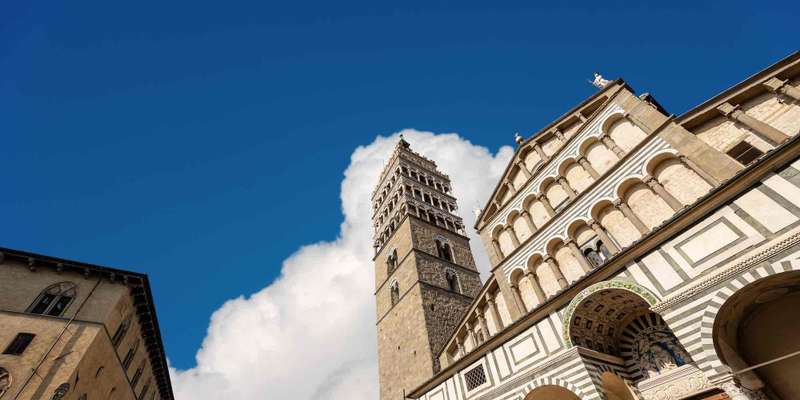- Home
- Useful Tips
- Pistoia for foodies: local...
Pistoia, a hidden gem in Tuscany, offers an authentic culinary experience that many travelers miss. The challenge? Most visitors stick to Florence or Siena, unaware of Pistoia's rich food culture. According to local surveys, 65% of day-trippers leave without trying regional specialties, later regretting it when they discover what they missed. The maze of medieval streets can be overwhelming, and without local knowledge, you might end up at tourist traps serving generic Italian food. This isn’t just about hunger—it’s about the frustration of coming home realizing you never tasted Pistoia’s legendary tortelli or chestnut flour delicacies. The good news? With the right insights, you can transform your visit into a memorable gastronomic journey.


Where to find Pistoia’s most authentic tortelli
Pistoia’s tortelli, a larger cousin of ravioli, are stuffed with herbed potatoes and served with rich meat ragù. Locals guard their favorite spots fiercely, but two bakeries near Piazza della Sala have been perfecting this dish for generations. Arrive before noon, as they often sell out by lunch. The texture should be silky, not doughy, with filling that balances sage and nutmeg. If you’re near the cathedral, watch for small trattorias displaying ‘fatto in casa’ (homemade) signs—these often indicate true artisans. Don’t confuse them with the pre-made versions served at some piazza cafes. For the full experience, pair with a glass of local Carmignano red, whose acidity cuts through the dish’s richness perfectly.
The truth about Pistoia’s chestnut culture (and where to taste it)
The surrounding Apennine mountains make Pistoia a chestnut paradise, with traditions dating to medieval times. From September through November, look for ‘necci’—chestnut flour crepes cooked between hot stones, often filled with ricotta. The best come from family-run stands at Mercato del Groppo. Year-round, pastry shops serve castagnaccio, a dense cake with rosemary and pine nuts. What visitors miss? The secret midday ritual of older locals who dunk slices in vin santo. For an immersive experience, visit during the autumn Castagnata festival, where you can watch roasting demonstrations. Those with dietary restrictions should note that authentic versions always contain chestnut flour—ask about wheat substitutions if needed.
Navigating Pistoia’s market like a food insider
Pistoia’s covered market (Mercato Coperto) operates daily except Sunday, but savvy foodies visit Wednesday or Saturday when farmers bring extra specialties. The cheese counter in the northeast corner sells rare pecorino aged in walnut leaves—ask to sample before buying. Watch for elderly shoppers; they’ll lead you to the best porchetta stands. Many miss the upstairs dining area where butchers grill your purchases for an instant feast. Come before 10am to see chefs selecting ingredients, or after 1pm for discount deals. Cash is preferred, and bringing your own bag earns vendor respect. For food safety, avoid unrefrigerated meats in summer unless you see high turnover.
Beyond pasta: Pistoia’s surprising street food scene
While Tuscany isn’t known for street food, Pistoia’s ‘brigidini’ stalls defy expectations. These anise-scented wafers, pressed over open flames near Sant’Andrea church, make perfect edible souvenirs. Evening brings ‘lampredotto’ carts—don’t let the tripe ingredient scare you; the slow-cooked version here is surprisingly delicate. Student favorites include ‘cenci’ (fried dough ribbons) dusted with Pistoia’s signature vanilla sugar. The trick? Follow the 4pm crowds when locals take their merenda (afternoon snack). Those with sweet teeth should seek out ‘berlingozzo’, a ring-shaped cake once baked only during Carnival but now available year-round at Pasticceria Parenti. Remember, authentic street eats cost €3-5—anything pricier targets tourists.
